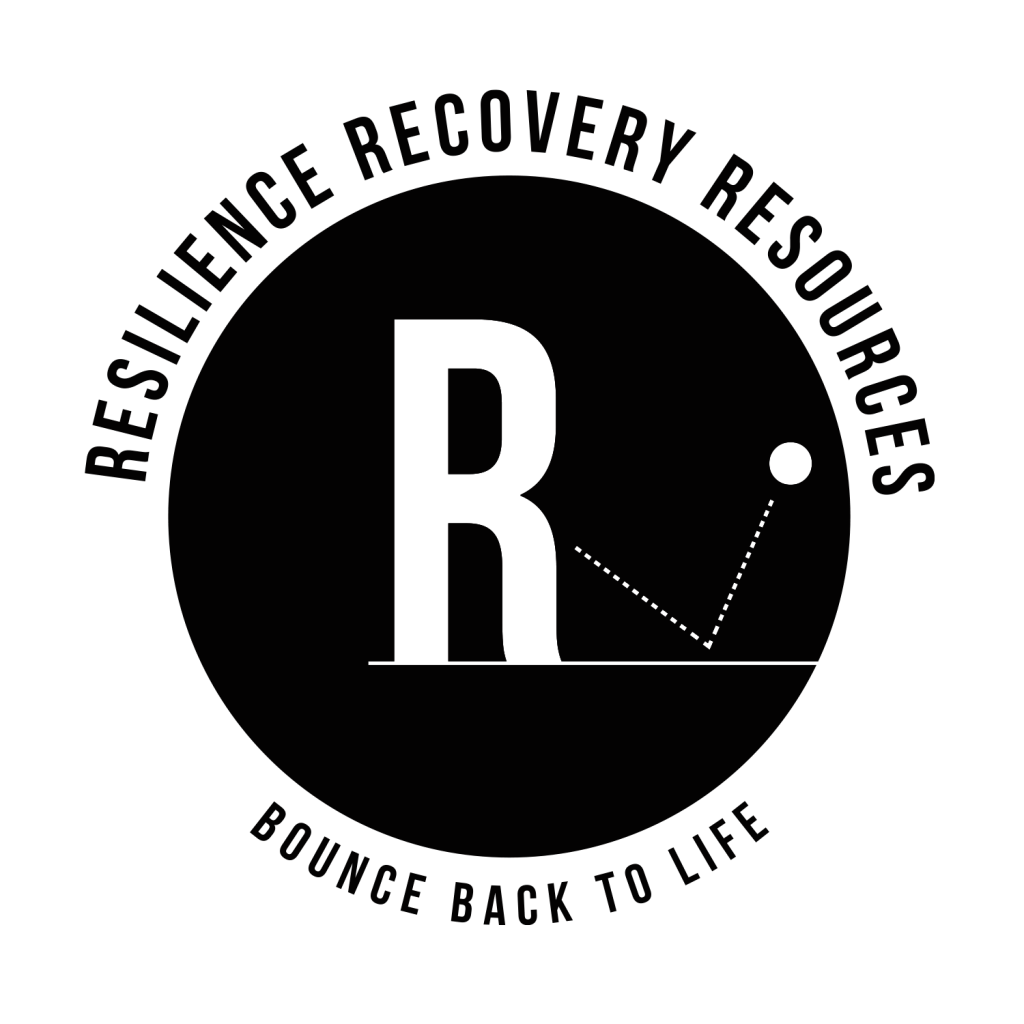As marijuana becomes increasingly normalized and accessible, parents and loved ones face growing challenges in identifying potential substance use issues in teenagers and young adults. While marijuana may seem less concerning than other substances, regular use during adolescence and young adulthood can significantly impact brain development, academic performance, and overall well-being.
At Resilience Recovery Resources, we understand the complexities surrounding marijuana use among young people. Our experienced team has helped countless families navigate these challenging situations through comprehensive substance abuse treatment programs specifically designed for adolescents and young adults.
Understanding Marijuana Use Among Young People
According to the National Institute on Drug Abuse (NIDA), marijuana remains the most commonly used federally illegal drug in the United States, with particularly high rates among teenagers and young adults. The 2023 Monitoring the Future survey found that nearly 31% of 12th graders reported using marijuana in the past year.
What makes marijuana use particularly concerning for this age group is that the adolescent brain continues developing until approximately age 25. Research published in the Journal of the American Medical Association indicates that regular marijuana use during this critical period can affect memory, attention, decision-making, and motivation.
Physical Signs of Marijuana Use
Immediate Physical Indicators
When someone uses marijuana, several physical signs may become apparent within hours of use:
Red, bloodshot eyes are among the most recognizable signs of recent marijuana use. THC causes blood vessels in the eyes to expand, creating a distinctive reddened appearance that may persist for several hours.
Dilated pupils can also indicate recent marijuana use, though this sign varies depending on the individual and the potency of the substance used.
Strong, distinctive odor clinging to clothing, hair, or personal belongings is another telltale sign. Marijuana has a pungent, skunky smell that can linger long after use.
Dry mouth and increased thirst commonly occur due to marijuana’s effect on saliva production, leading users to frequently seek out drinks or constantly lick their lips.
Ongoing Physical Changes
With regular marijuana use, parents and loved ones may notice more persistent physical changes:
Changes in appetite often manifest as intense cravings for food, particularly sweet or salty snacks. This “munchies” effect can lead to unusual eating patterns or rapid weight gain.
Sleep pattern disruptions may include difficulty falling asleep without marijuana, excessive sleeping during the day, or appearing constantly fatigued.
Coordination problems such as clumsiness, slower reaction times, or difficulty with tasks requiring fine motor skills may become apparent during or after use.
Persistent cough or respiratory issues can develop from smoking marijuana, particularly if use is frequent or involves other smoking methods.
Behavioral and Social Warning Signs
Academic and Performance Changes
Marijuana use often significantly impacts academic and work performance. Warning signs include:
Declining grades or work performance may occur gradually as regular use affects memory, concentration, and motivation. Students may struggle to complete assignments or retain information they previously mastered easily.
Increased absences from school, work, or previously enjoyed activities often coincide with marijuana use. Users may skip responsibilities to use or recover from use.
Loss of interest in previously enjoyed activities such as sports, hobbies, or social events that don’t involve substance use is a significant red flag that shouldn’t be ignored.
Social and Relationship Changes
Marijuana use frequently alters social dynamics and relationships:
New peer groups focused around substance use often replace long-standing friendships. If your teen suddenly has entirely new friends and becomes secretive about their activities, this warrants attention.
Increased secrecy about whereabouts, activities, or phone conversations may indicate efforts to hide substance use. This might include stepping outside to take calls or becoming defensive about privacy.
Family conflict often increases as substance use creates tension. Arguments about responsibilities, curfews, or unexplained behavior may become more frequent.
Financial issues may arise as users need money to purchase marijuana. This might manifest as frequently asking for money, missing personal items that could be sold, or unexplained expenses.
Emotional and Mental Health Indicators
Mood and Personality Changes
Regular marijuana use can significantly impact emotional regulation and mental health:
Dramatic mood swings between periods of euphoria and irritability, anxiety, or depression may indicate substance use cycles.
Increased anxiety or paranoia, particularly when not using, can develop as the brain becomes dependent on marijuana to regulate mood.
Lack of motivation or “amotivational syndrome” may develop, characterized by decreased drive to pursue goals, maintain responsibilities, or engage in previously meaningful activities.
Memory and concentration problems often become apparent in academic or work settings. Users may struggle to remember recent conversations, appointments, or important information.
Mental Health Complications
It’s crucial to understand that marijuana use can both mask and exacerbate underlying mental health conditions. At Resilience Recovery Resources, we frequently treat co-occurring disorders where substance use and mental health issues intersect.
Depression symptoms may worsen with regular marijuana use, despite users’ beliefs that the substance helps their mood. Research from the American Journal of Psychiatry suggests a strong correlation between marijuana use and increased depression risk.
Anxiety disorders can be both a cause and consequence of marijuana use. While some users initially turn to marijuana to manage anxiety, regular use often increases anxiety levels over time.
Environmental and Possession-Related Signs
Physical Evidence
Parents and loved ones should be aware of drug paraphernalia and other evidence:
Rolling papers, pipes, bongs, or vaporizers are obvious indicators of marijuana use. These items may be hidden in bedrooms, cars, or personal belongings.
Plastic baggies with residue, small scales, or other drug-related accessories suggest not only use but potentially distribution.
Air fresheners, incense, or cologne used excessively may indicate attempts to mask marijuana odors.
Eye drops used frequently, particularly brands marketed for “red eye relief,” may suggest regular marijuana use.
Digital and Technology Signs
In today’s digital age, technology often provides clues about substance use:
Social media posts referencing marijuana culture, drug-related memes, or photos suggesting substance use can indicate involvement with marijuana.
Apps designed to connect users with dealers or track drug use may be present on phones or devices.
Internet browsing history showing searches for marijuana-related topics, growing techniques, or local dispensaries (in legal states) may indicate interest or use.
Long-Term Consequences of Teen Marijuana Use
Understanding the potential long-term impacts helps emphasize why early intervention is crucial. According to the Centers for Disease Control and Prevention (CDC), regular marijuana use during adolescence can lead to:
Cognitive impairment that may persist even after stopping use, particularly affecting memory, attention, and decision-making abilities.
Educational disruption including increased likelihood of dropping out of school and reduced academic achievement.
Mental health complications including increased risk of developing anxiety disorders, depression, and in some cases, psychotic disorders.
Addiction potential is real, with approximately 9% of marijuana users developing dependence, and rates increasing to 17% for those who start using during adolescence.
When Professional Help Is Needed
Recognizing when marijuana use has progressed beyond experimentation to problematic use is crucial for getting appropriate help. Consider professional intervention if you notice:
- Multiple signs occurring simultaneously
- Significant decline in academic or work performance
- Legal problems related to marijuana use
- Failed attempts to reduce or stop use
- Continuation of use despite negative consequences
- Signs of withdrawal when attempting to stop
Treatment Options for Young People
At Resilience Recovery Resources, we specialize in helping adolescents and young adults overcome substance use challenges through evidence-based treatment approaches tailored specifically for this age group.
Comprehensive Assessment and Treatment Planning
Our treatment process begins with a thorough assessment to understand the full scope of each individual’s needs. We evaluate not only substance use patterns but also underlying mental health conditions, family dynamics, and social factors contributing to use.
Levels of Care
We offer multiple levels of treatment to meet diverse needs:
Partial Hospitalization Program (PHP) provides intensive, structured treatment while allowing individuals to return home each evening. This level of care is ideal for those who need significant support but don’t require residential treatment.
Intensive Outpatient Program (IOP) offers comprehensive treatment while allowing individuals to maintain school, work, or other responsibilities. Sessions typically occur several times per week and include individual therapy, group therapy, and family involvement.
Outpatient counseling provides ongoing support for individuals who have completed higher levels of care or those whose substance use hasn’t progressed to requiring intensive treatment.
Evidence-Based Therapies
Our treatment approaches include proven methodologies specifically effective for young people struggling with marijuana use:
Cognitive Behavioral Therapy (CBT) helps individuals identify and change thought patterns and behaviors that contribute to substance use.
Motivational Enhancement Therapy focuses on increasing internal motivation to change and commit to recovery.
Family therapy addresses family dynamics and helps improve communication and support systems.
Group therapy provides peer support and helps individuals learn from others facing similar challenges.
Dual Diagnosis Treatment
Many young people struggling with marijuana use also face mental health challenges. Our integrated approach addresses both substance abuse and conditions such as:
Continuing Care and Support
Recovery is an ongoing process, and we provide continuing support through:
Sober living environments that provide structured, substance-free housing with peer support and accountability.
Alumni programs that maintain connections with our treatment community and provide ongoing support networks.
Family education and support to help families understand addiction and develop healthy communication and boundary-setting skills.
Supporting Your Loved One
If you’ve identified signs of marijuana use in your teen or young adult, approach the situation with compassion and understanding. Avoid confrontational accusations, which often lead to defensiveness and further secrecy. Instead, express your concerns clearly and offer support.
Consider having an open, honest conversation about your observations and concerns. Choose a time when both you and your loved one are calm and have privacy to talk without interruption.
If initial conversations don’t lead to positive changes, don’t hesitate to seek professional guidance. Many families benefit from consultation with addiction specialists who can provide guidance on intervention strategies and treatment options.
Taking the Next Step
Recognizing signs of marijuana use is the first step toward getting help. If you’re concerned about marijuana use in your teen or young adult, professional support can make a significant difference in outcomes.
At Resilience Recovery Resources, we understand the unique challenges facing young people and their families when dealing with substance use issues. Our compassionate, experienced team provides comprehensive assessment and treatment services designed specifically for adolescents and young adults in West Palm Beach and surrounding areas.
Don’t wait for the situation to worsen. Early intervention often leads to better outcomes and can prevent more serious consequences from developing. Contact our team today to discuss your concerns and learn about treatment options that can help your loved one build a healthy, substance-free future.
Call us at 561-566-5480 to speak with one of our specialists and take the first step toward recovery.
For additional guidance on addressing marijuana use in young people, visit our resource page: What to Do When Your Child is Using Marijuana.
Resilience Recovery Resources is located at 2701 North Australian Avenue, West Palm Beach, FL 33407. We serve families throughout Palm Beach County, including Boynton Beach, Palm Beach Gardens, and Delray Beach. Contact us today to learn more about our specialized treatment programs for adolescents and young adults.




